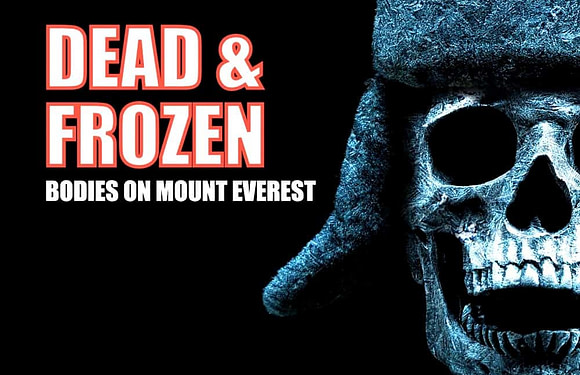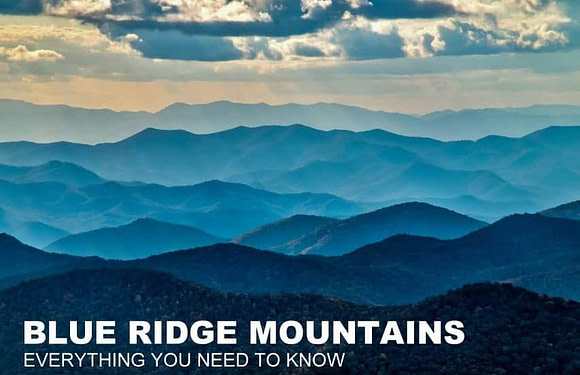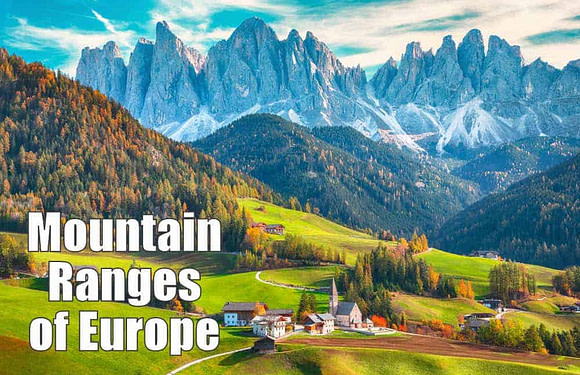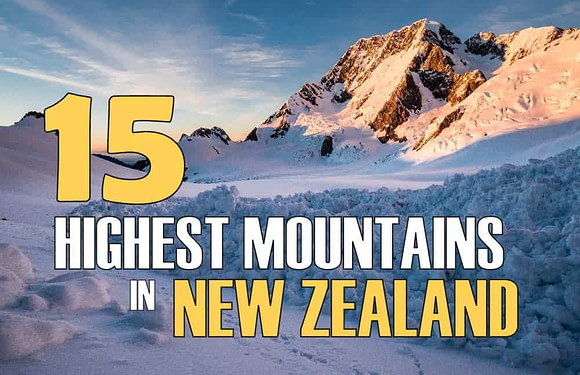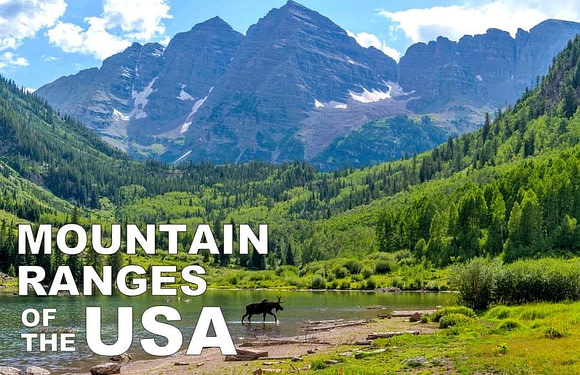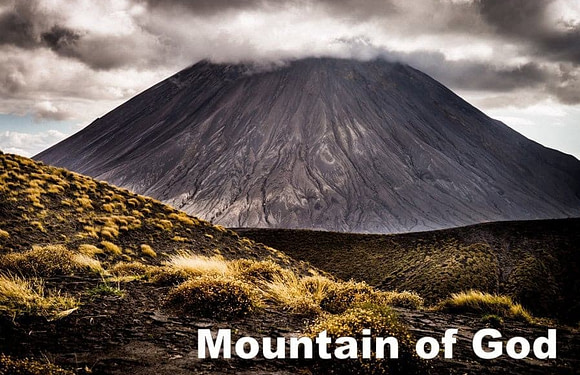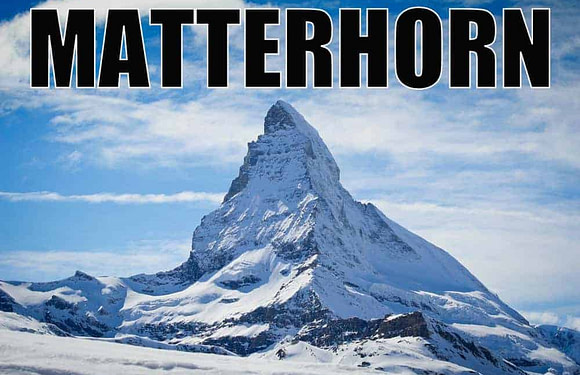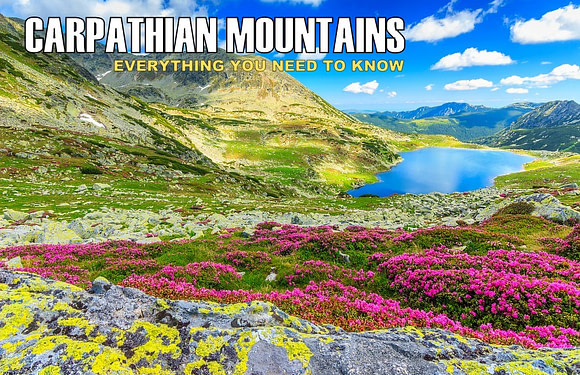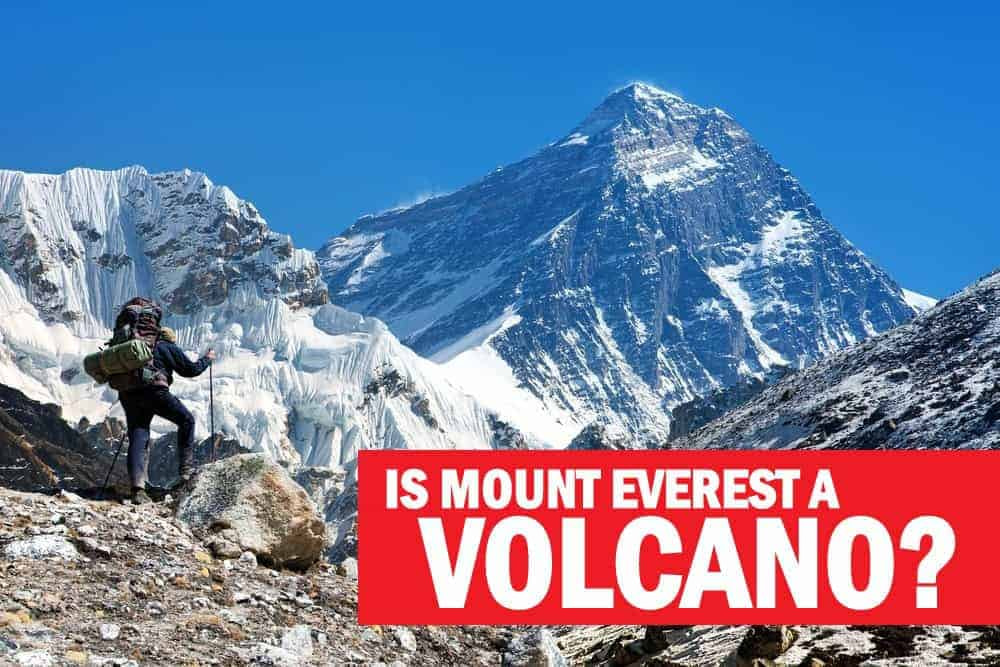
Mount Everest is the world’s tallest mountain, standing at 29,032 feet (8,849 meters) above sea level. Known for its extreme altitude and dangerous conditions, it’s an iconic feature of our planet.
Some of the world’s most famous mountains are volcanic in nature. For instance, Mount Kilimanjaro, Africa’s highest peak, is a stratovolcano formed from successive eruptions. Mount Fuji in Japan is another iconic stratovolcano, known for its symmetrical cone.
It begs the question: Is Mount Everest a volcano? And if not, how did it form?
Mount Everest is not a volcano. It is a fold mountain, formed by tectonic forces, not volcanic activity.
The structure and appearance of volcanic mountains and fold mountains are markedly different. Volcanic peaks tend to be more isolated, whereas fold mountains are often part of larger mountain ranges.
Fold mountains occur when two large sections of the Earth’s crust are pushed together, causing the land to crumple and rise. In Everest’s case, the Indian and Eurasian tectonic plates collided millions of years ago. The movement of plates forced the land upwards over time to create the Himalayan mountain range. As the tectonic plates continue to interact, the Himalayas, including Mount Everest, keep rising, albeit at a very slow rate.
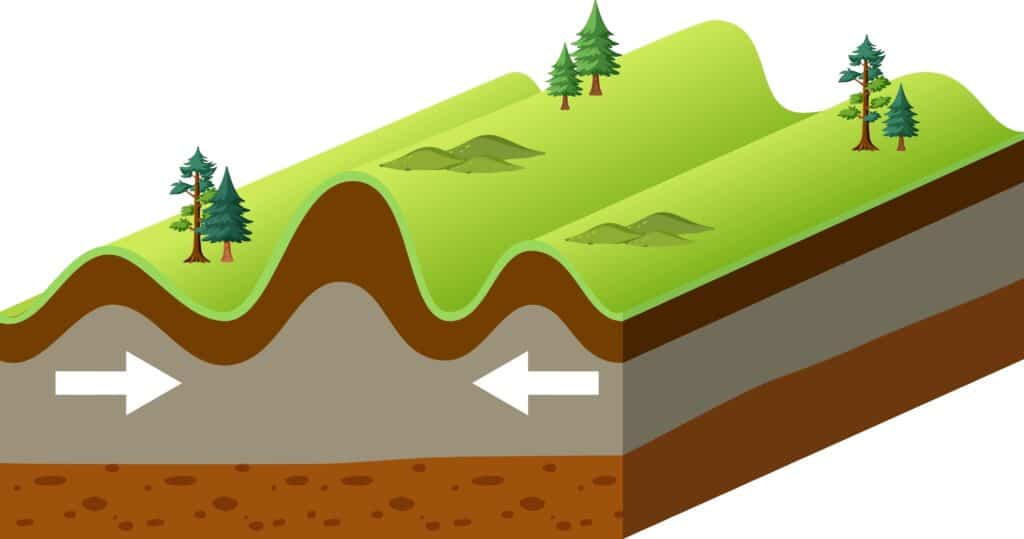
What is a Volcano?
A volcano is a type of mountain that forms when molten rock (magma) from deep within the Earth erupts through the surface. These eruptions can result in various volcanic features, including lava flows, ash deposits, and volcanic cones. A key feature of volcanoes is the presence of a magma chamber beneath the surface, which fuels their eruptions.
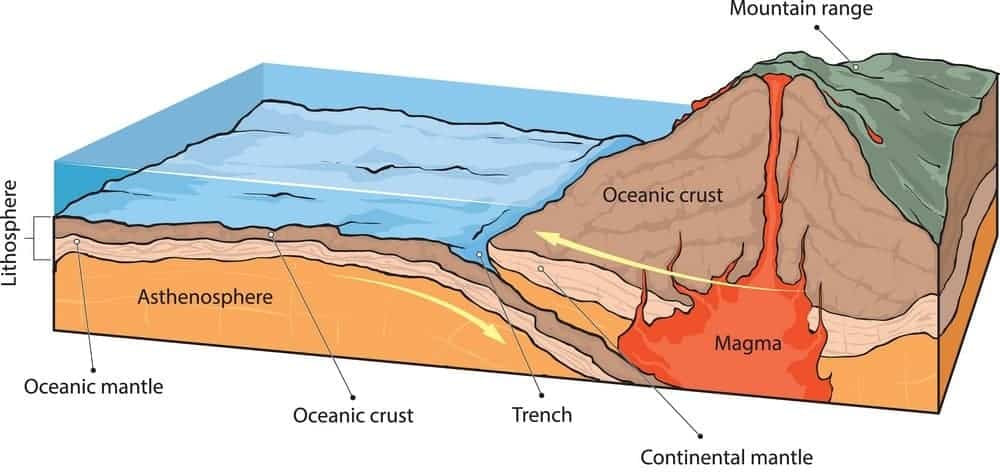
There are several types of volcanoes:
- Stratovolcanoes: Steep, conical mountains built from layers of hardened lava and ash.
- Shield volcanoes: Broad, gently sloping formations with large, thin lava flows.
- Cinder cones: Small, steep-sided hills formed from volcanic debris.
Are Most Mountains Volcanoes?
Many of the world’s highest mountains are not volcanic in origin. Tectonic forces, rather than volcanic activity, are responsible for the formation of most of the planet’s major mountain ranges. The following lists highlight some of the world’s most famous volcanic and non-volcanic mountain ranges.
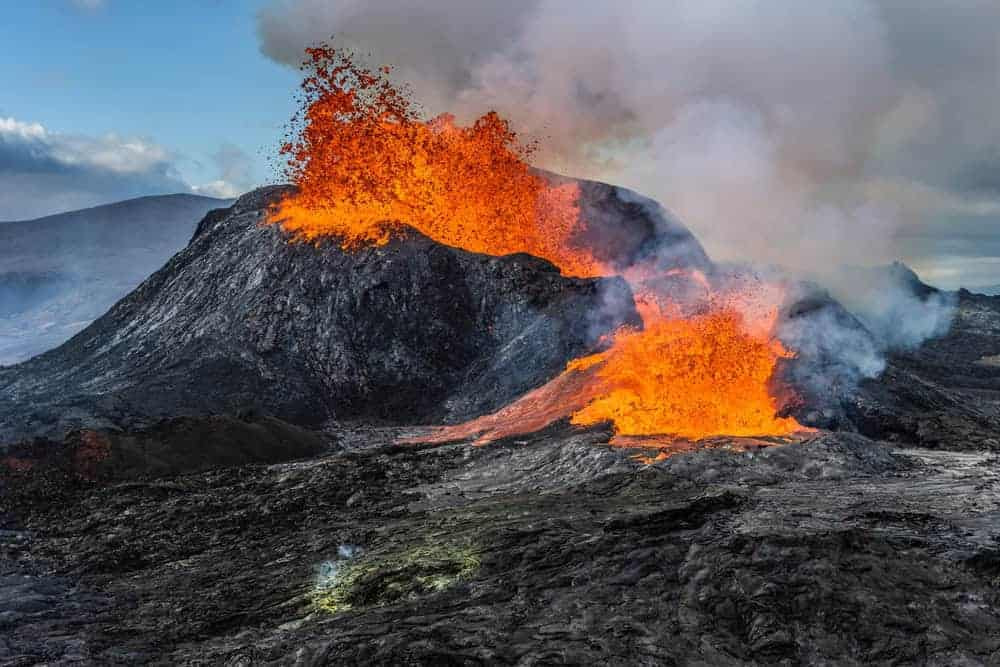
Volcanic Mountain Ranges
- Andes Mountains (South America) – Includes active and extinct volcanoes like Mount Aconcagua and Cotopaxi.
- Cascade Range (North America, USA & Canada) – Includes Mount St. Helens, Mount Rainier, and Mount Hood.
- Japanese Alps (Japan) – Includes famous volcanic peaks like Mount Fuji.
- Kamchatka Range (Russia) – Includes many active volcanoes such as Klyuchevskaya Sopka.
- Trans-Mexican Volcanic Belt (Mexico) – Features notable volcanoes like Popocatépetl and Iztaccíhuatl.
- Hawaiian Islands (Hawaiian–Emperor seamount chain) (USA) – The islands themselves are volcanic, with famous volcanoes like Mauna Loa and Kilauea.
Non-Volcanic Mountain Ranges
- Himalayas (Asia) – Includes Mount Everest, the tallest mountain on Earth, formed by tectonic forces.
- Rocky Mountains (North America) – Stretches across the USA and Canada, formed from tectonic activity.
- Alps (Europe) – A major mountain range in Europe, formed by the collision of the African and Eurasian tectonic plates.
- Appalachian Mountains (North America) – One of the oldest mountain ranges, formed by tectonic activity and erosion.
- Atlas Mountains (North Africa) – Formed by the collision of the African and Eurasian tectonic plates, running through Morocco, Algeria, and Tunisia.
- Ural Mountains (Russia) – Divides Europe and Asia, formed through tectonic processes millions of years ago.




















































